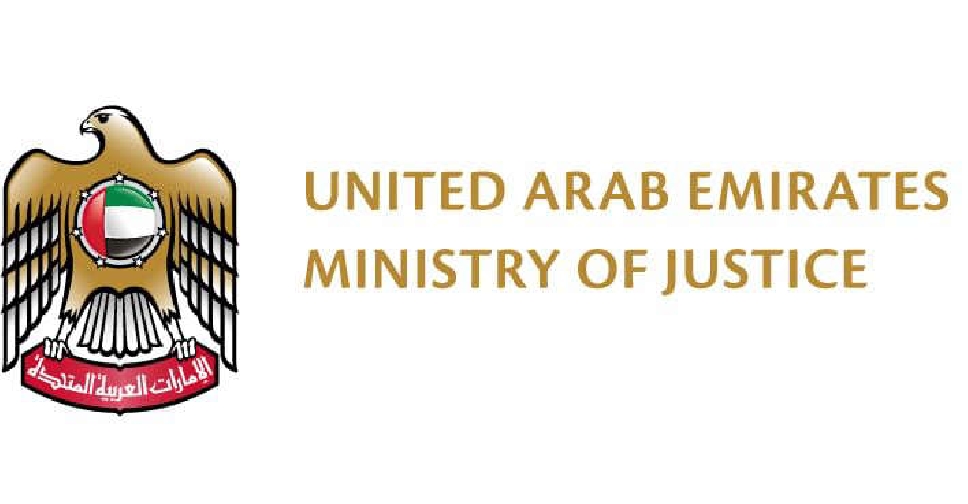
In 2020, the UAE’s economy showed a remarkable ability to overcome the impact of the COVID-19 pandemic.
That's according to a report compiled by national news agency WAM in collaboration with the Federation of Arab News Agencies (FANA).
It says early recovery signs began to emerge in the second half of 2020 as per the figures revealed by the UAE's Central Bank.
The UAE is among the first countries to start this recovery phase, ranking first in the Arab region in the COVID Economic Recovery Index Ranking issued by the Horizon Research Group.
In December 2020, the UAE government received Aa2 rating in creditworthiness from the international rating agency Moody's – which is the highest sovereign rating in the region – with a stable outlook for the national economy.
This is another testament to the success of the country's financial and economic vision and policies, and the strength and stability of its economic, financial and credit sectors.
In November 2020, Fitch Ratings awarded the UAE’s federal government with an AA- rating with a stable outlook.
In its report on the UAE’s sovereign credit profile, Moody’s pointed out that the country’s credit strength is supported by a high GDP per capita, as well as by its internal stability and strong and broad international relations.
The Central Bank of the UAE expected robust GDP growth in 2021, as the government is continuing its efforts to diversify the economy, boost spending on infrastructure and encourage private investment, as a gauge for growth and private sector employment.
The bank added that despite the extraordinary global conditions caused by the pandemic, there is optimism due to some early signs of a rise in international trade, such as the gradual lifting of movement restrictions, the issuance of bonds and sukuk, the resumption of activities in capital markets, steady negative inflation rates, the return of spending levels to normalcy, the rise of the national employment rate to 1.7 per cent per month in December, and the monthly rise of real estate sale prices.
Oil and Gas In 2020: Several positive signs about the future of the UAE’s oil and gas sector emerged, most notably with the success of the Abu Dhabi National Oil Company (ADNOC) in achieving its operational and financial objectives, and maintaining its competitiveness and flexibility, as well as the continuity of its business amidst the extraordinary conditions facing the world as a result of the pandemic.
In terms of discoveries, development and production, ADNOC’s major achievements in 2020 included the discovery of a new natural gas field in an area between Seih Al Sedirah in Abu Dhabi and Jebel Ali in Dubai, containing massive stocks totalling some 80 trillion cubic metres.
The Supreme Petroleum Council (SPC) also announced the discovery of 22 billion stock tank barrels (STB) of non-conventional and recoverable crude oil in Abu Dhabi, which will strengthen the UAE’s position as one of the largest energy providers in the world.
The SPC then announced the addition of 2 billion STB to the country’s conventional oil reserves, increasing the UAE’s conventional oil reserves base to 107 billion STB of recoverable oil, enhancing the country’s position in global rankings as the holder of the world’s sixth-largest oil reserves.
In terms of petrochemicals and refining, ADNOC and ADQ announced the establishment of a joint venture, "TAZIZ", which will act as a catalyst for the UAE’s economic diversification and technology-led growth.
Despite the conditions and challenges facing the market, which witnessed fluctuations in oil prices and uncertainty, leading many investors to refrain from engaging in new deals, ADNOC attracted foreign direct investments (FDI) worth AED 62 billion to the UAE in 2020, with the total FDIs attracted by ADNOC since 2016 valued at AED 237 billion.
Foreign Trade: The total value of the UAE’s non-oil foreign trade during the first nine months of 2020 amounted to AED 1.03 trillion, according to the National Competitiveness and Statistics Centre’s figures. The country’s trade balance registered an excess, for the first time this year, of 15 percent in September 2020, as well as a growth in third-quarter exports by 5.6 per cent.
Despite the challenges to foreign trade associated with the COVID-19 pandemic, in the third quarter of 2020, the UAE’s non-oil foreign trade achieved robust growth approaching the same levels in the third quarter of 2019, reaching AED 375 billion compared to AED 399 billion in 2019.
Real Estate: The real estate market maintained its activity level in 2020 despite the conditions caused by the pandemic, with the value of registered transactions in the real estate market amounting to nearly AED 275 billion, including land, residential, commercial and industrial unit sales, as well as mortgages and grants.
The Digital 2021: Global Overview Report by We Are Social and Hootsuite highlighted the fact that e-commerce witnessed a substantial rise in the UAE during the coronavirus crisis, with the value of e-commerce transactions in 2020 amounting to US$18.50 billion.
Aviation: The gradual resumption of local civil aviation flights is a key indicator of the success of the efforts, most notably in light of the correlation between the total recovery of many economic sectors and the progress achieved by the aviation sector.
#UAE’s economy shows remarkable ability to overcome repercussions of #COVID19 pandemic#WamNews
— WAM English (@WAMNEWS_ENG) March 11, 2021
Read more: https://t.co/p1XZSTRL86 pic.twitter.com/c7B8u4AIRP



 US starts collecting Trump's new 10% tariff
US starts collecting Trump's new 10% tariff
 Nasdaq set to confirm bear market as Trump tariffs trigger recession fears
Nasdaq set to confirm bear market as Trump tariffs trigger recession fears
 Dana Gas and Crescent Petroleum exceed 500M boe in Khor Mor field
Dana Gas and Crescent Petroleum exceed 500M boe in Khor Mor field
 China to impose tariffs of 34% on all US goods
China to impose tariffs of 34% on all US goods
 Shares bruised, dollar crumbles as Trump tariffs stir recession fears
Shares bruised, dollar crumbles as Trump tariffs stir recession fears



